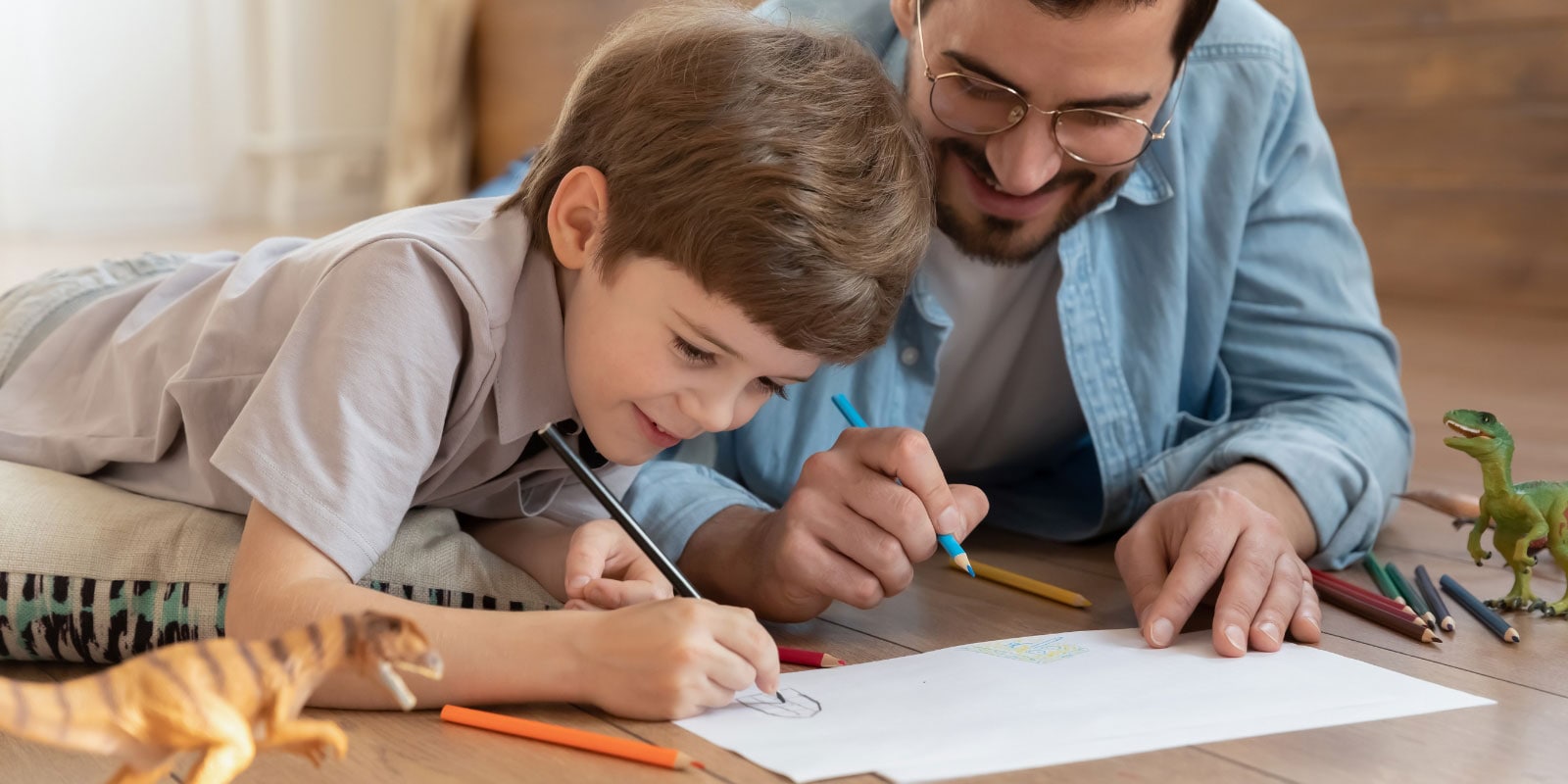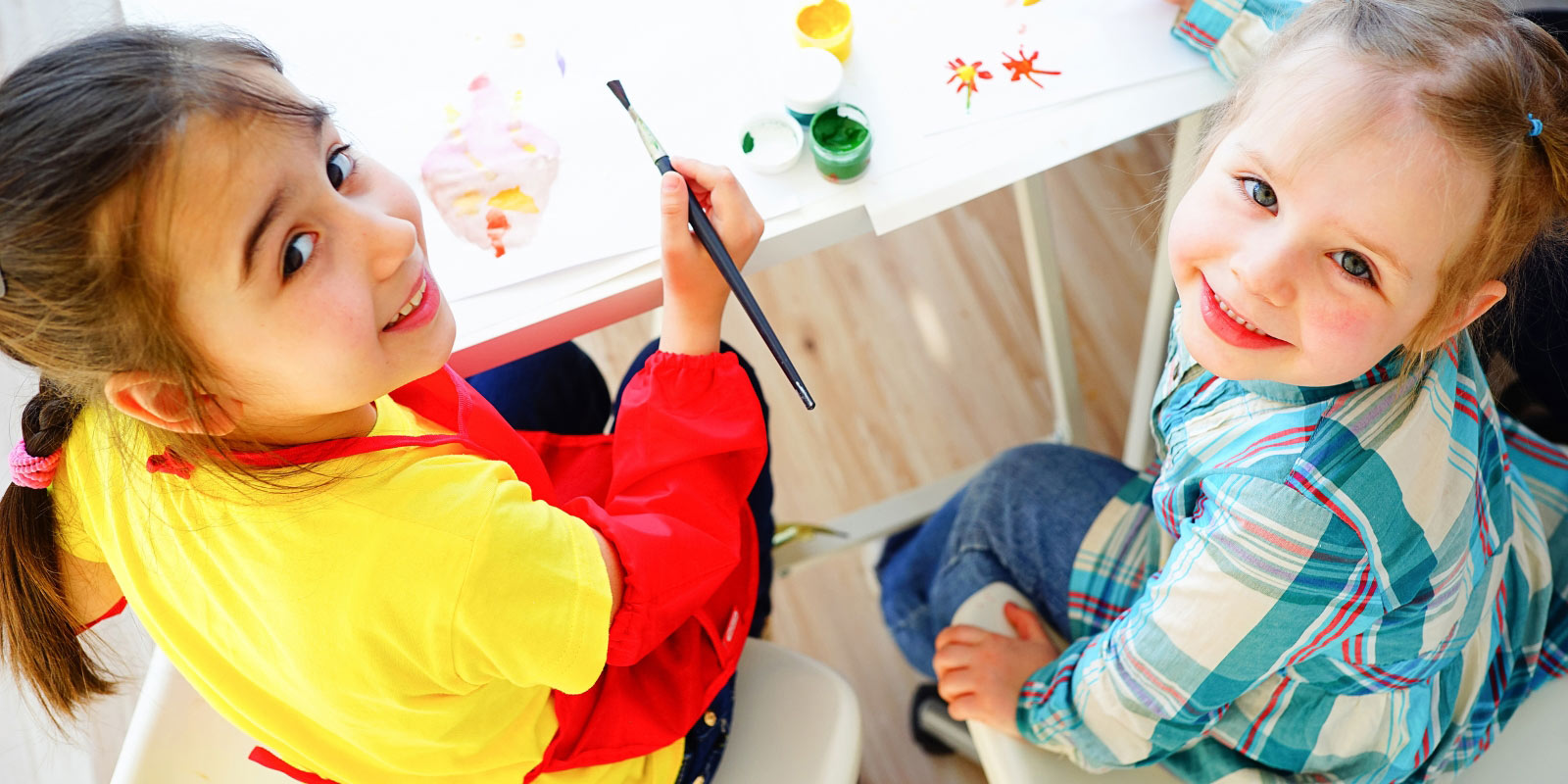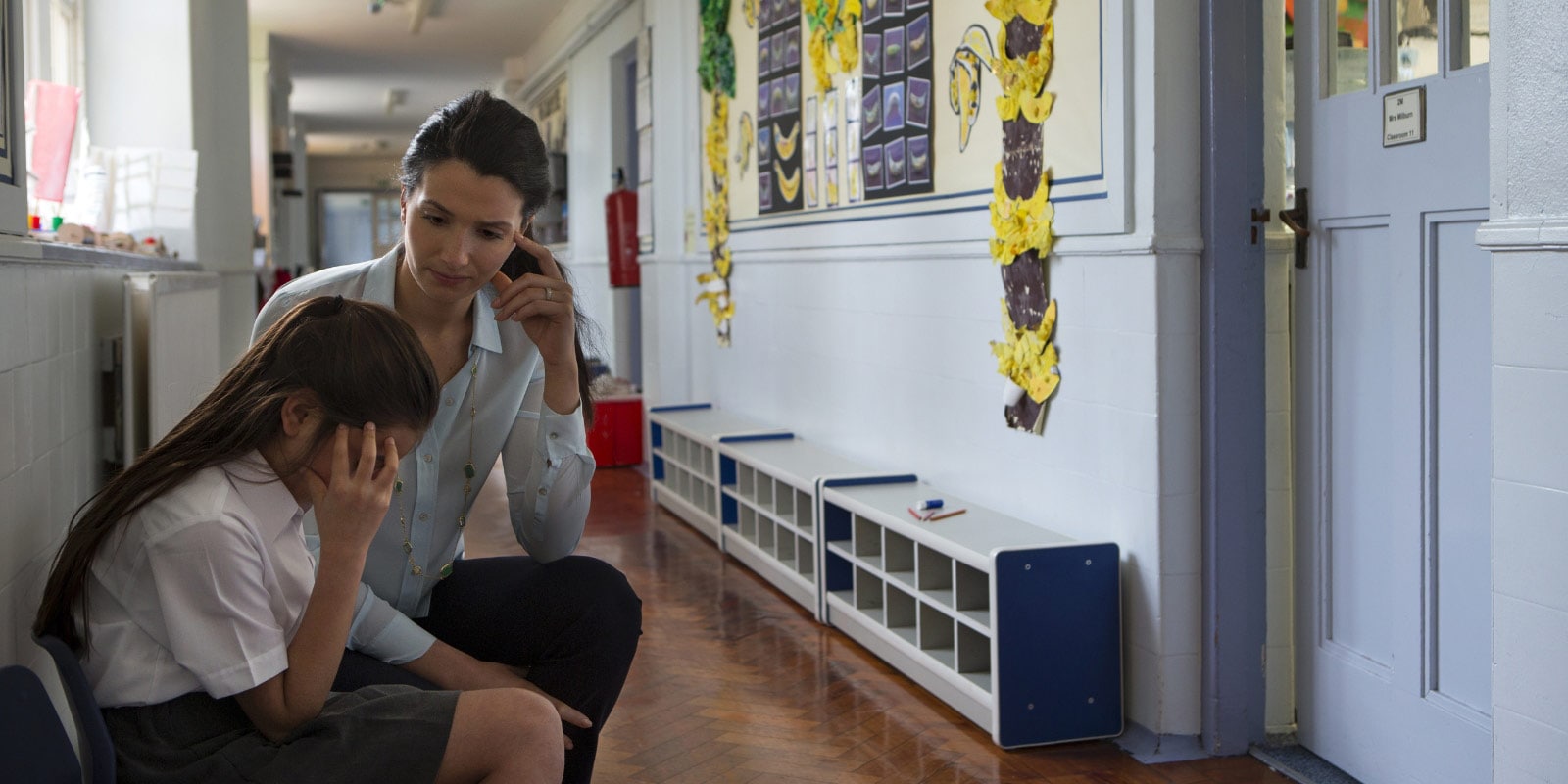How to leverage digital assessments for maximized student outcomes
by Kara Canale M.Ed., NCSP, Clinical Assessment Consultant at Pearson

Digital assessments have emerged as a powerful tool for measuring student learning and understanding. They promote equity through fair and unbiased results while offering real-time feedback that allows educators to track student achievement and make timely adjustments for personalized assessment.
I would say that digital assessments — along with their robust scoring and interpretation capabilities — are the biggest game changers in the educational assessment industry to date. They’ve revolutionized how practitioners can gather data and engage with their students, all while reducing human error.
As a former school psychologist, digital assessment was a powerful tool that would give me accurate and insightful results, allowing me to better collaborate with educators and families to support the overall well-being of the children I was working with. The time savings I gained from digital assessment enabled me to employ other extremely valuable skill sets, such as direct interventions with students and ongoing consultation with staff, parents, and administration.
Yet, as educators embrace the shift to these resources, facing the many choices available, the logistics involved in administration, and the best ways to analyze data for individual support can feel overwhelming. In my current role as a member of the K-12 education team for Pearson Clinical Assessments, I often work with educators to help them select the right digital assessment tools for their district’s unique needs. I also offer strategies for effective administration and results interpretation.
Here are some of the digital assessment benefits and best practices I regularly share in those discussions.
Read more






